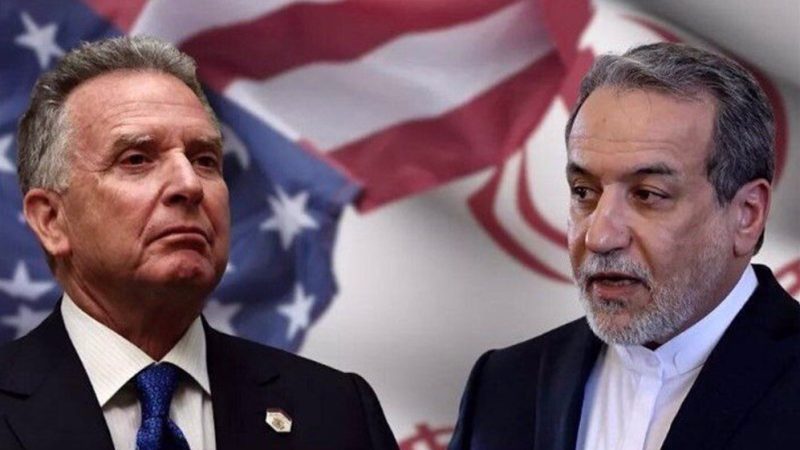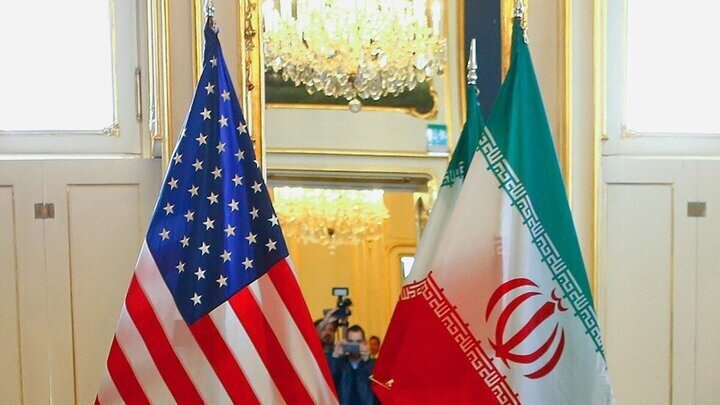Palestinian resistance groups leave Syria under pressure from HTS regime: Report

Various senior Palestinian resistance officials have reportedly left Syria and their groups disarmed after mounting pressure from the new authorities in the Arab country, who have forged close ties with the US and are said to be seeking relations with the Israeli regime.
The groups used to enjoy close relations with the government of Syria’s former democratically-elected president Bashar al-Assad that was overthrown late last year following raging violence across the country by the Hayat Tahrir al-Sham (HTS) group.
The development was reported by AFP on Tuesday based on remarks made by one of the resistance officials, who had left Damascus, and another one, who was still in the Syrian capital.
According to the report, the officials’ departure and the groups’ disarmament came after a series of escalatory actions taken by the regime that is led by the HTS.
One of the officials cited by the report said many of the Palestinian leaders, suggested that after being forced to hand over their weapons, the groups were also demanded, in some cases, to provide lists of members, who possessed individual arms.
The HTS-led regime has also reportedly been preventing the groups’ operations in Syria and arresting their senior officials.
According to one of the officials cited by AFP, the new authorities have also seized property from “private homes, offices, vehicles and military training camps in the Damascus countryside and other provinces”, he said.
‘Resistance stronghold shaken up near Damascus’
The Yarmouk Refugee Camp, located eight kilometers (four miles) near Damascus, that used to serve as a stronghold for Palestinian resistance, has also reportedly witnessed a dramatic unwelcome transformation.
Resistance banners have been removed from the camp, party buildings have been shut down, and stripped of armed protection, the report noted.
Similarly, other factional premises across Damascus appeared to be deserted, it added.
Pressure from the United States
The developments followed overwhelming pressure from the United States, which has branded Palestinian resistance as “terrorism,” and had long demanded that issues related to “terrorism” be addressed in the Arab country.
The US, which never succeeded to force its demands on Assad’s government, had also been trying to pressure Damascus into not letting Syria’s soil be used as a launch pad for resistance groups’ operations against the Israeli regime, Washington’s most important regional ally.
The US had conditioned lifting of its sanctions on Syria on the country’s eliminating the groups among other things.
US President Donald Trump announced removal of all the coercive measures on May 13.
Later, he met with the HTS-led regime’s head Abu Mohammed al-Jolani in the Saudi capital Riyadh, reportedly presenting him with a list of demands.
This is while, for decades, Syria had been hosting Palestinian factions, especially after many Palestinians fled to the Arab country in 1948. The mass exodus took place following the Israeli regime’s claiming existence in the region after a heavily-Western-backed war against regional territories.
The pro-Palestinian stance, however, reportedly did not sit well with the HTS-led regime, whose chief al-Jolani is also believed to have proposed starting relations with the Israeli regime.
Observers, meanwhile, note that the far-and-wide onslaught leading to Syria’s takeover by the HTS, which used to be the Takfiri terrorist group of al-Qaeda’s former branch in Syria, came amid intense Israeli attacks on the Arab country’s vital infrastructures.





